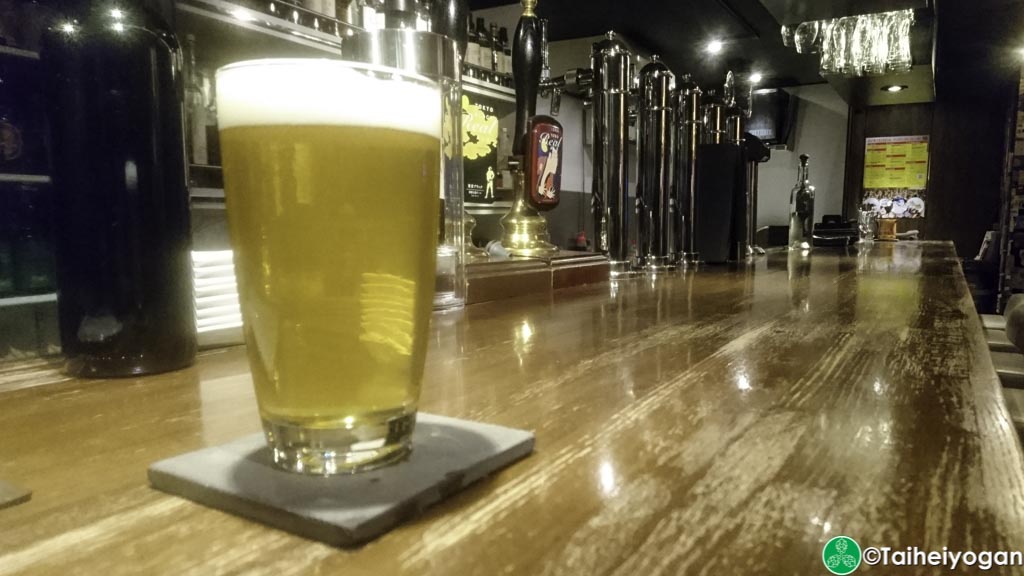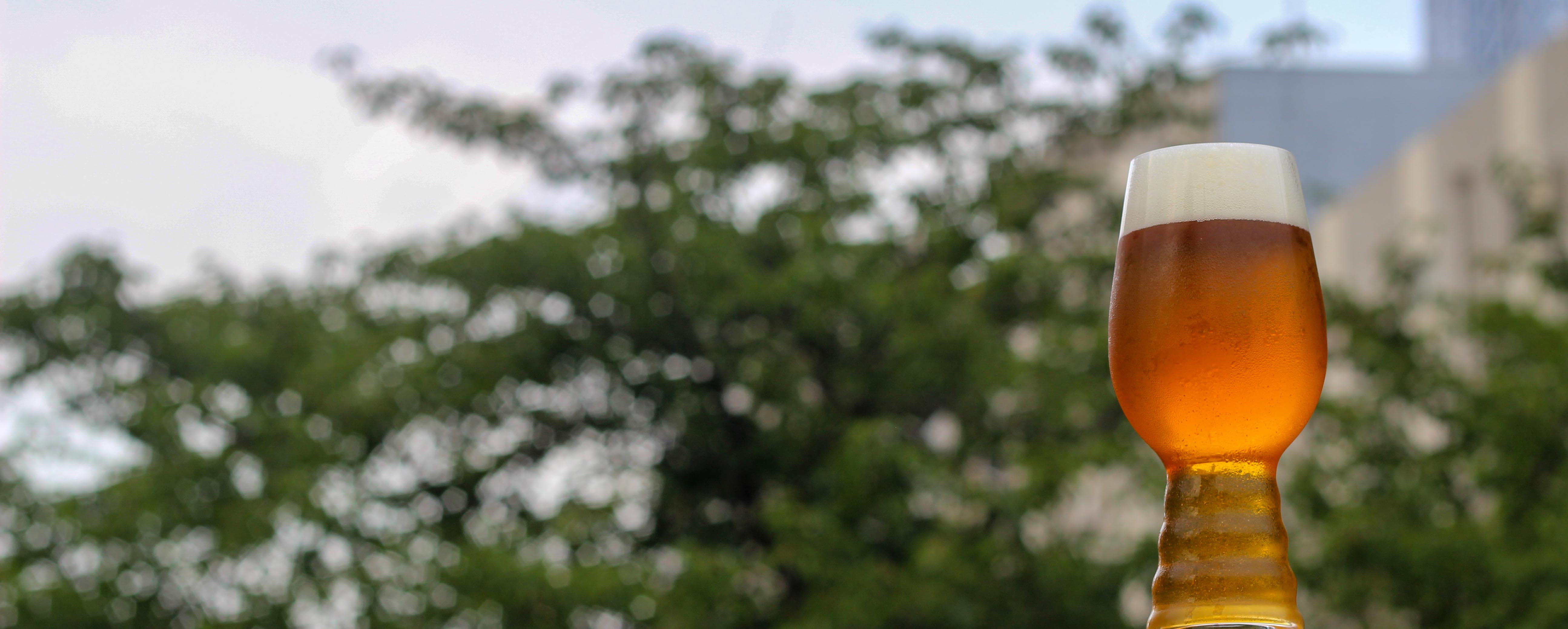Venturing into craft beer is no different than learning about wine. There is a plethora of beers and styles and they can be very narrow in the range of tastes to being so wide that there is no way to explain what the taste for that specific style will be. This guide is here to just introduce what each style is and help you understand what the different types are as well as which breweries we feel make each style the best.
Pilsner/Lager/Golden Ale
These are the lightest beers with a golden colour. There is relatively less flavour but considered a “pure” beer by many. It is a great starting point and most major breweries rely on Lagers for most of their sales.
- Recommended Brewery: Yokohama Bay Brewing
Hefeweizen/Wheat Ale
These beers originated in Germany but have been transformed by various brewers around the world. Wheat beers usually use regular un-malted wheat to add unique flavours as well as yeast that creates banana tastes and scents. These beers also tend to look hazy but that is intentional.
- Recommended Brewery: Nihonkai Club
 Pale Ale
Pale Ale
The go to standard beer is the Pale Ale. When learning about different types of beers, these are the best way to go. They can be bitter or sweet and they run a huge range of flavour profiles. Pale Ales tend to be lighter in flavour compared to other styles but the potential range of tastes is the biggest compared to other styles.
- Recommended Brewery: Minoh Beer
Indian Pale Ale
The bitterest beer you can imagine is the IPA and it is not for the light hearted. Made with more hops than other beer styles, this beer tends to have a stronger floral scent to accompany the strong bitter tastes.
- Recommended Brewery: Ushitora Brewing
Sour/Farmhouse Ale
Using wild yeast, Sour beers and Farmhouse Ales are acquired tastes. As the name states, these beers tend to be sour. The sourness ranges from slight to strong making this a beer for beer enthusiasts only.
- Recommended Brewery: Kyoto Brewing
Fruit Beer
Any beer that adds fruit to their beer automatically becomes a fruit beer. They range from tasting like sweet juices to subtle hints of fruit that accents the beer that is made. The typical beer base for a fruit beer is a Golden Ale, but any beer style can be used as a base.
- Recommended Brewery: Blue Magic/Tochigi Microbrewery
 Altbier/Amber Ale
Altbier/Amber Ale
Altbiers and Amber Ales are sweeter than Pale Ales and not so bitter These beers also tend to be darker in colour with an amber colour, hence the name Amber Ale. The malts used in Amber Ales tend to add a slight hint of caramel to the beer as well.
- Recommended Brewery: Swan Lake
Brown Ale
Slightly nutty flavours dominate Brown Ales. They are considered the cousin of Amber Ales with a darker nut brown colour and nuttier flavours. Many breweries often mislabel Amber and Brown Ales as the styles are very close to each other.
 Porter
Porter
Porters are dark brown or black with a bitter chocolate flavour. They tend to be lighter than stouts but Robust Porters tend to be pretty thick and heavy. There is a lot of contention about the flavours and looks of Porters versus Stouts. Brewers still label both Porters and Stouts equally so you can never be sure if a Porter is a Porter or a Stout is a Stout.
- Recommended Brewery: Brimmer Brewing
Stout
Stouts are black ales that have mostly roasted coffee flavours. Generally Stouts are thick and heavy, like Guinness, but they are not always so thick and heavy.
- Recommended Brewery: North Island Beer
Spiced Ale/Christmas Ale
These beers tend to be high in alcohol with a distinct Christmas spice flavour. Many add typical winter spices such as nutmeg and cinnamon, but any combination of spices can be used. It is also often called Winter Ale as the spices tend to warm you up on a cold winter’s day.
- Recommended Brewery: Hitachino Nest



Pingback: Guide: Cheese with Beer | Taiheiyogan Craft Beer
Pingback: Guide: Beer Prefixes | Taiheiyogan Craft Beer